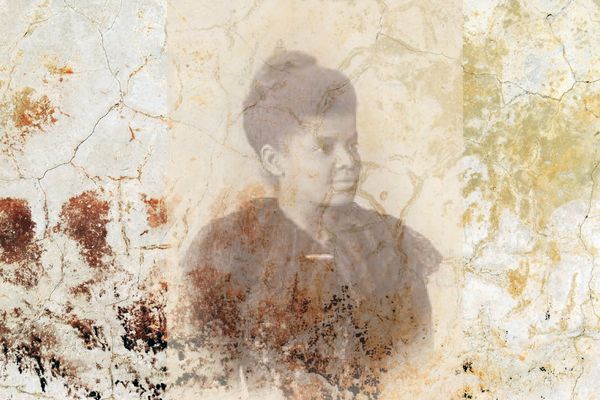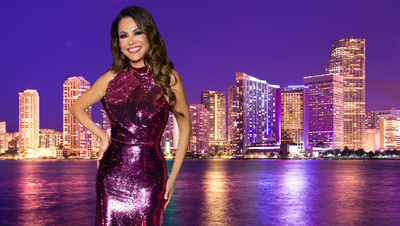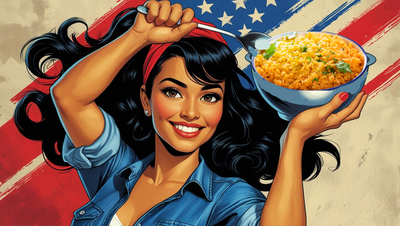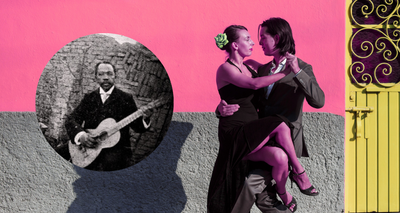“Well, somebody’s doing the raping, Don! I mean somebody’s doing it! Who’s doing the raping? Who’s doing the raping?” Trump exclaimed on CNN while being interviewed by Don Lemon. Trump elaborated further, “Well if you look at the statistics of people coming, you look at the statistics on rape, on crime, on everything coming in illegally into this country it’s mind-boggling!”
White women, like my former colleague and her band of white male saviors or the white female manager who calls on black men in Starbucks, make the mere presence of men of colour a threat.
It seems that many white women agreed with Trump, as we know a staggering 53 percent of them voted for Donald Trump. Now don’t take this wrong way, some white women are the greatest allies to the intersectional cause. Yet, they still possess a certain amount of privilege over men of colour that can manifest in a truly insidious way. One white finger gesturing to a man of colour can have dire consequences. They can say blanket statements about men of color without worry of the damage they are perpetuating, like Amy Schumer with her racial motivated stand up about catcalling, were she states, “I used to date hispanic men but now I prefer consensual”.
Ida Wells-Barnett first brought awareness to the issue of rape and race, in her 1895 memoir The Red Record where she mentions “the old threadbare lie”, an idea in which white US Southerners used to justify lynching: that vulnerable white women needed to be shielded from mythically dangerous black men. When black and brown bodies are seen as a threat, white male saviours are launched like honing missile ready to defend white vulnerable women.
Yet the women who, statistically, have been abused most lack the resources they need to prosecute their attackers. For example four-in-five Native American women will experience domestic violence, and unjust laws prevent even more from getting justice. Jane Fonda pointedly acknowledged that it took a type of woman to get the world talking about the issue of sexual harassment, specifically in the case of Harvey Weinstein. The women who have spoken out against Weinstein are undoubtedly brave, and deserve our respect and support. However, the case does reveal very complicated social and political issues surrounding harassment and abuse.
White women, like my former colleague and her band of white male saviors or the white female manager who calls on black men in Starbucks, make the mere presence of men of colour a threat. We might believe that public lynchings are a thing of the past but we only need to listen to Trump in his anti-Mexican speech where he says:
“When Mexico sends its people, they’re not sending their best. They’re sending people that have lots of problems, and they’re bringing those problems to us. They’re bringing drugs. They’re bringing crime. They’re rapists.”
Whiteness remains weaponized against men of colour in a way that perpetuates racist stereotypes of criminality. White women’s ideas about rape and race are defined by cultural and legal understanding of rape. Stanford historian Estelle Freedmann in her book Redefining Rape: Sexual Violence in the Era of Suffrage and Segregation, reveals that that the idea of African-American men being rapists became cemented in the late 19th century, while a similar characterizing occurred for immigrant men, whose cultures were depicted as threatening to both white women. Perpetuated by court cases, news media, and racist popular culture, many African-American men and immigrant men were unjustly criminalized in these trials and effectively barred them from the benefits of full citizenship.
Trump’s prejudicial insistence of vulnerable groups, the undocumented workers from the Caribbean and Central and South America and, by extension, Latinos – Americans themselves, Asian men and African Americans —show that “the old threadbare lie” is definitely not buried in the past.
Archaeologist. Journalist. Museum Nut & Constant Traveler. Based in London.
Franki can be found on Instagram & Twitter







